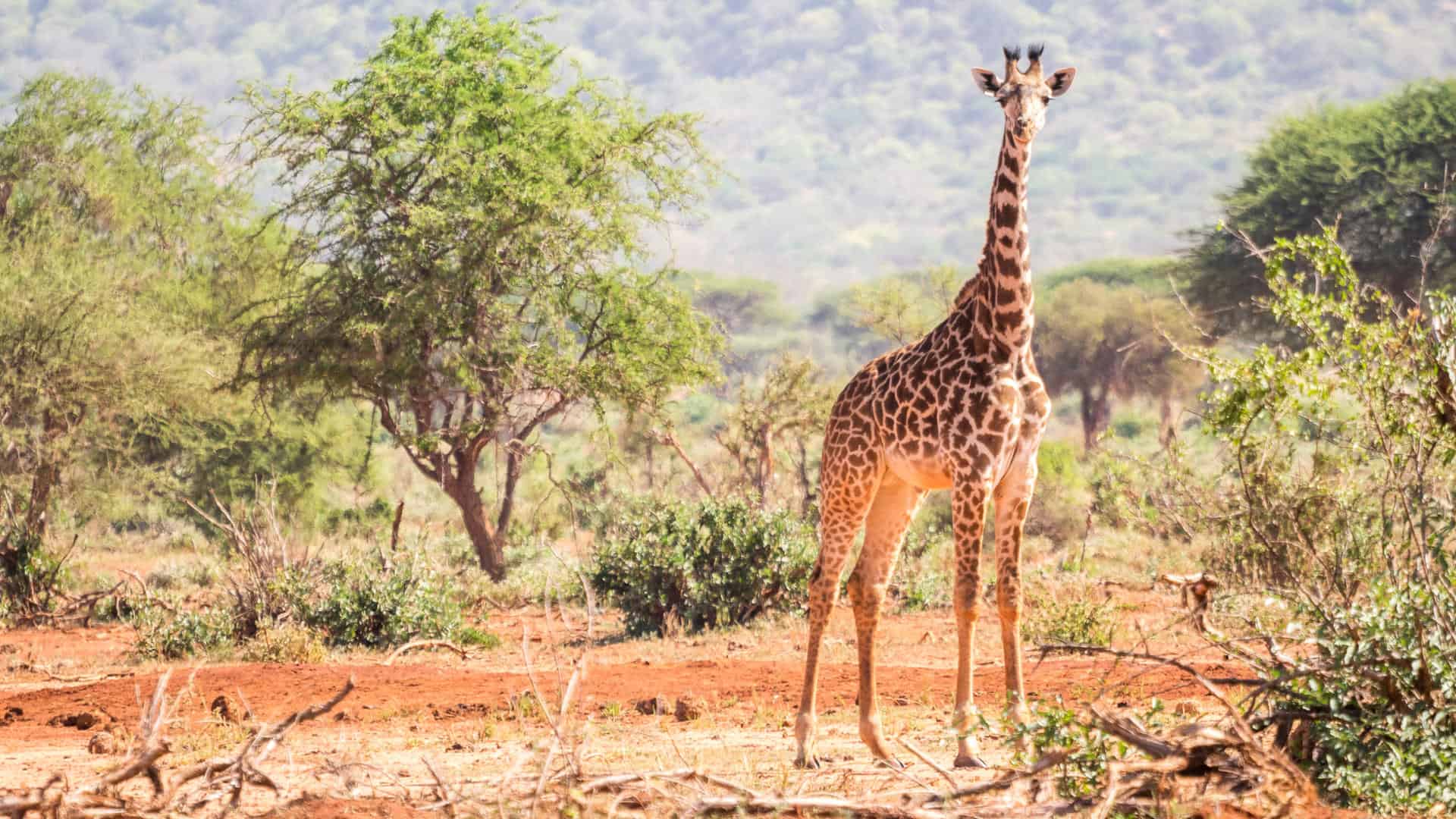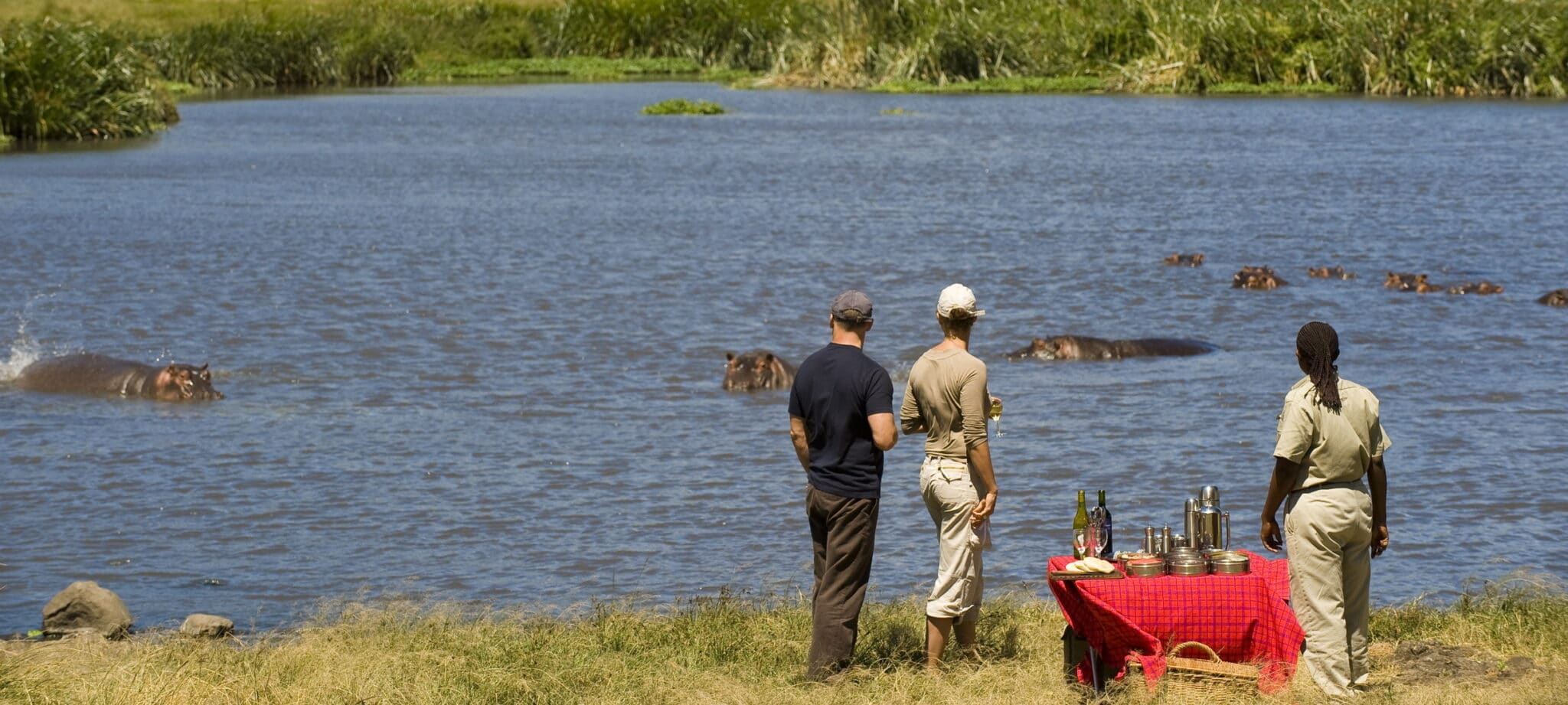
October is a month of transition in Ngorongoro Crater. The start of the month is the height of the long dry season, and much of the crater floor resembles a barren dust bowl of fine volcanic soil, while what grass remains will be low and yellowing, making it easy to spot larger predators, while grazers tend to congregate close to the few remaining sources of drinking water. The first of the short rains usually fall towards the end of October, providing welcome alleviation to the dryness, but unlikely impact negatively on tourist activities. October is peak safari season in northern Tanzania, with the wildebeest migration usually concentrated in the northern Serengeti at the start of the month but starting to travel south once the rains arrive. For those including nearby Tarangire National Park on their activity, wildlife numbers here generally peak in October. Ngorongoro tends to be quite crowded during this time. The crater rim is warms up a bit in October (average daily maximum 22°C and nightly minimum 9°C) so you should still bring plenty of warm clothing.






















